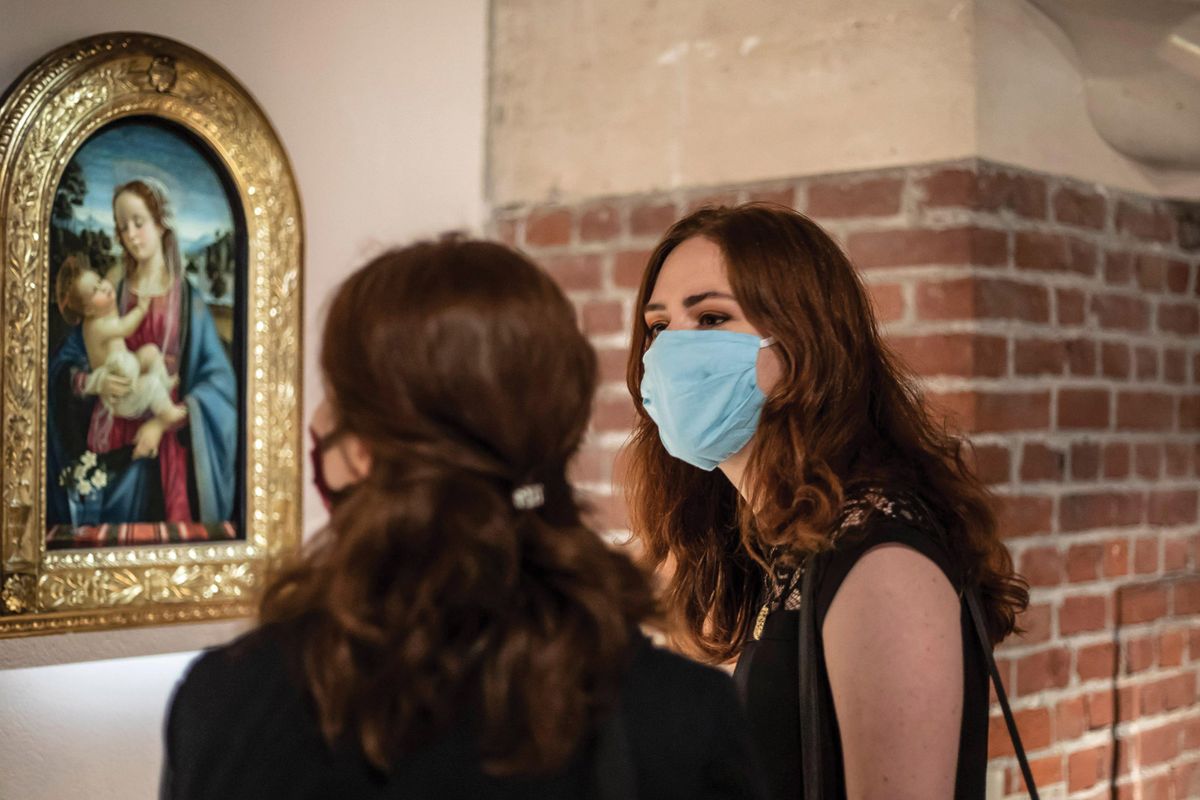The traditional recipe for an exhibition includes some art and one or two curators to select and organise the display of it. But for the past ten years the rise of social media has made it easier for museums to involve the public in various projects, which has been particularly popular in France. One of the first institutions to do so was the Musée des Beaux-Arts in Rouen, which, since 2015, has been inviting internet users to vote once a year for the works they would like to see come out of its storage.
The coronavirus pandemic, which has led to the art world’s increased digitisation, saw similar initiatives emerge across the country. The Musée Anne-de-Beaujeu in Moulins, for instance, has asked the public to choose three paintings to replace those that have just been taken out of its salon des peintures. The vote, which applies to six works carefully pre-selected by the museum’s curator Giulia Longo, ended on 26 March. For the 35th anniversary of the Musée de Pont-Aven in Brittany, organisers at the museum decided to ask “outsiders” not only to pick the art from its store for a show but also to compose some of its wall labels.
The Louvre-Lens, founded in 2002 to revive the Nord-Pas-de-Calais region, has always been experimental. “It is our responsibility to constantly try to reinvent ourselves and meet the needs of a population who are not used to going to the museum,” says the Louvre-Lens director Marie Lavandier. Her newly drafted scientific and cultural plan roughly consists of systematising what used to be done on an ad hoc basis. “Participative projects do not work unless everyone is on board,” she says. “That’s why I’d rather talk about collaborative efforts, since we often turn to our neighbours, patrons [and] staff, before making any decision.” It was this focus on collaboration that helped the museum share the inaugural Osez le Musée prize in 2017—awarded to cultural institutions with a strong social agenda—with the Palais des Beaux-Arts in Lille.
Why seek advice beyond the expertise of a curatorial team? “It helps us see our collections in a new light,” says Florence Raymond, a curator at Lille’s Palais des Beaux-Arts, where the participative programme mostly revolves around photography. Every year since 2016, the museum’s 21,000 Instagram followers have been invited to take pictures of the museum that are then brought together in a physical exhibition. The museum operates a “polyphonic approach” in its curation, Raymond says. Even the Palais des Beaux-Arts security team has had its photographs exhibited on the museum website.
• Read all our Visitor Figures 2020 content here


